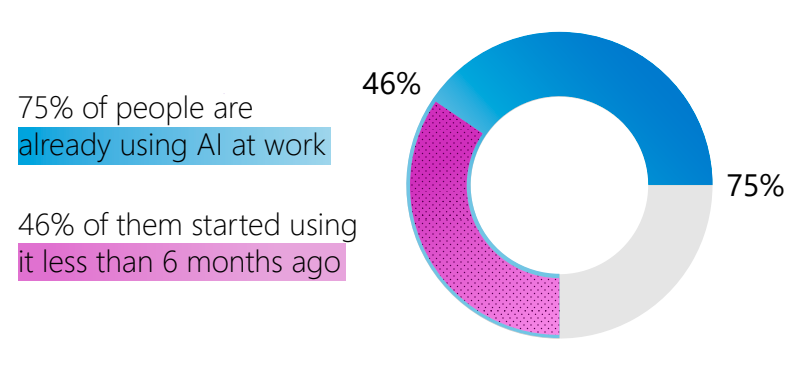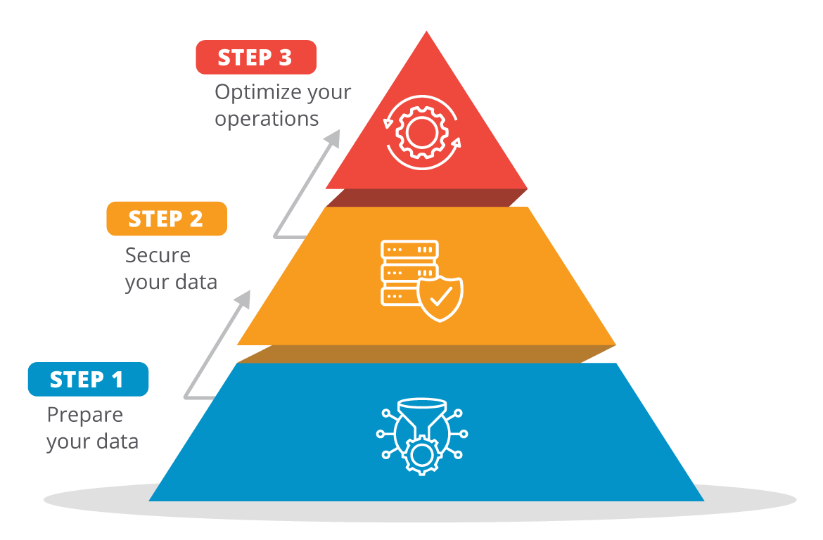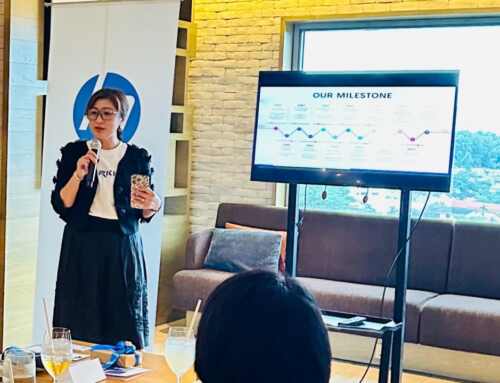
A Strategic Approach to AI Implementation for Organizational Success
Written by Phang Wai Yin, CTO of SRKK Group
The buzz surrounding AI, particularly with innovations like ChatGPT/OpenAI, captured widespread attention and sparked curiosity among the public. With the growing prevalence of AI, its integration into business operations has surged in prominence, especially in recent times. However, the deployment of AI technologies entails more than mere implementation.
It necessitates active management and oversight, with leaders assuming responsibility for upskilling themselves and their teams while ensuring the accuracy and reliability of AI-generated outcomes. AI is not an autopilot; rather, it requires continuous involvement and strategic direction. As IT decision makers driving awareness and adoption for the benefit of the organization, it’s imperative that we recognize the urgency of embracing and adopting this transformative tool. AI isn’t just about staying ahead of the curve but it’s also about ensuring the longevity and success of our organizations in an increasingly competitive landscape.
According to Microsoft and LinkedIn’s 2024 Work Trend Index Annual Report, three out of four people worldwide (75%) have begun utilizing AI tools at work. Despite this widespread adoption and leaders recognizing the importance of AI aptitude among employees, there remains a concern of providing adequate training and skills development within organizations. Moreover, the report suggests that organizations need to move beyond experimentation with AI and start transforming their processes to strategically harness AI strategically.

Therefore, I recommend these steps as a strategic approach to successful AI implementation:
Have a Robust Data Strategy for AI
Diving headfirst into the adoption of AI in an organization, it’s essential to ensure that our organization’s environment and data are AI-ready. Establishing a robust data strategy is key to getting the most out of AI. As suggested by one of our strategic key partners, AvePoint, before AI integration comes establishing a robust data strategy:

Step 1- Prepare your data which involves centralizing your data in your Microsoft 365 or any on-premises and improving your data quality to gain control over your content lifecycle.
Step 2- Secure your data by identifying sensitive & overshared content, cleaning up permissions and enforcing policies.
Change of AI Perspective within Organization
Leadership plays a vital role in successfully adopting AI within an organization. It all starts at the top, where leaders prioritize AI initiatives and steer the organization through necessary changes. Thus, it is time to shift our perspective on AI. Rather than viewing AI as a replacement for human labour, it should be seen as a complement that enhances our abilities and augments decision-making processes. AI may not replace your jobs, but those who know how to leverage on its capabilities will.
With this perspective in mind, it’s important to communicate these changes, ensuring everyone understands the potential benefits of AI and pushing for widespread AI adoption within the organization. This approach fosters cross-functional collaboration between departments, breakdowns silos and aligns everyone towards common AI-driven goals.
As technology continues to advance, those who effectively embrace AI stand to reap the greatest rewards as they navigate the ever-changing landscape of technological advancement. If you are a business leader, you can cultivate a culture of AI proficiency in your organization, encouraging everyone to integrate AI into their daily workflows seamlessly.
Select the Right Partner and AI Tool
Lastly, you need to select the right technology partner and tool for a smooth AI adoption process. It’s like finding the perfect puzzle piece that fits seamlessly into your organization’s operations. So, seek out partners who have a solid history of successfully implementing AI solutions for other organizations to guide your AI journey effectively. Additionally, evaluate AI tools carefully to ensure they align with your specific business needs and goals. Look for partners experienced in implementing AI solutions for organizations like yours to guide your AI journey effectively.
When exploring potential technology partners for AI implementation, conduct thorough evaluations to ensure they can provide the support and guidance needed for a successful transition. Think of it as choosing a trusted advisor who can help you navigate the complexities of AI adoption and guide you through your AI journey. With the right partnerships in place, you’ll be equipped to harness the full potential of AI and drive success in your business.
With a wide array of AI solutions available, it’s important to select tools that cater to your organization’s unique requirements. Test out different options to see which ones best meet your needs before making a decision. This ensures that you’re investing in AI technology that not only addresses your current challenges but also aligns with your long-term objectives, ultimately leading to a more successful AI implementation.
Embracing AI within your organization demands more than just implementation—it requires meticulous planning, clear communication, and strategic decision-making. While it’s natural to weigh the pros and cons of AI integration, the time for action is now. The transformative impact of successfully adopting AI cannot be overstated—it promises to unlock unprecedented organizational growth, usher in new levels of productivity and efficiency, and streamline operations to make tasks more manageable and outcomes more achievable.
As you embark on the journey towards becoming an AI-powered organization, the right technology partner becomes indispensable. At SRKK, we stand ready to be THAT partner. With strong partnerships with tech pioneers like Microsoft, Fortinet, Kaseya, Datto, HP, and more, our team brings a wealth of experience and expertise to guide your organization through harnessing the full potential of AI for innovation and growth.
Our commitment to success extends beyond mere implementation. We offer a collaborative approach, beginning with a thorough readiness assessment to ensure you’re on the right path from the start. Together, we’ll navigate the complexities of AI adoption, overcome challenges, and uncover new opportunities for your organization. Reach out to me, and let’s dive into the exciting world of AI over a cup of coffee.



